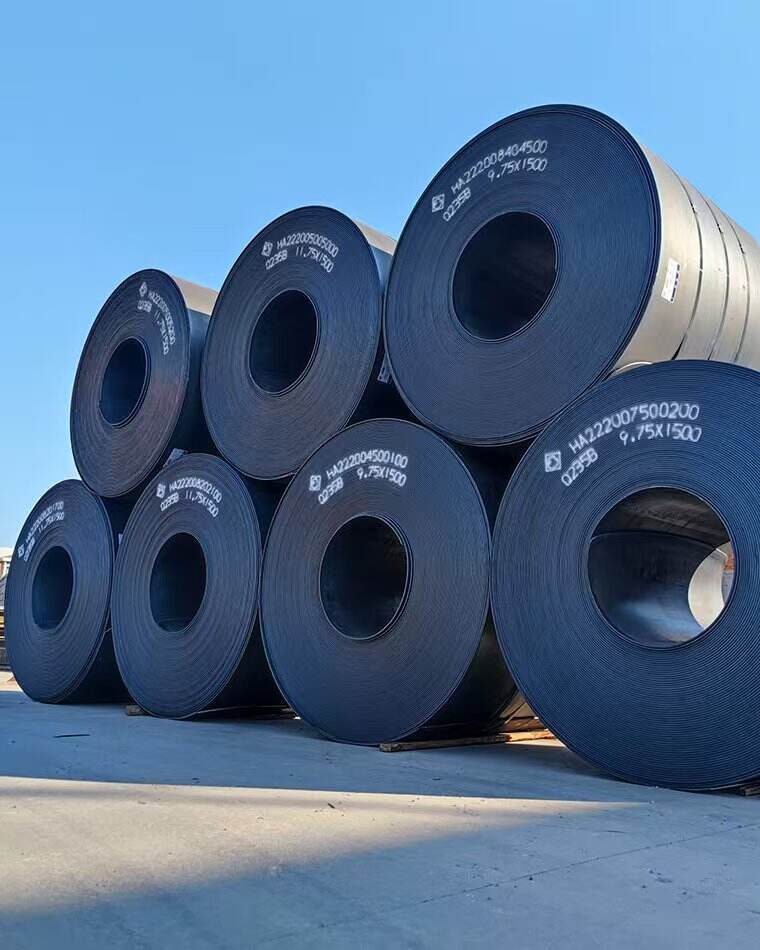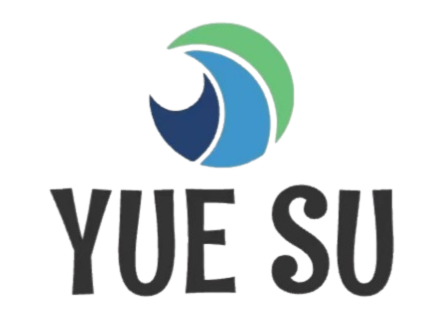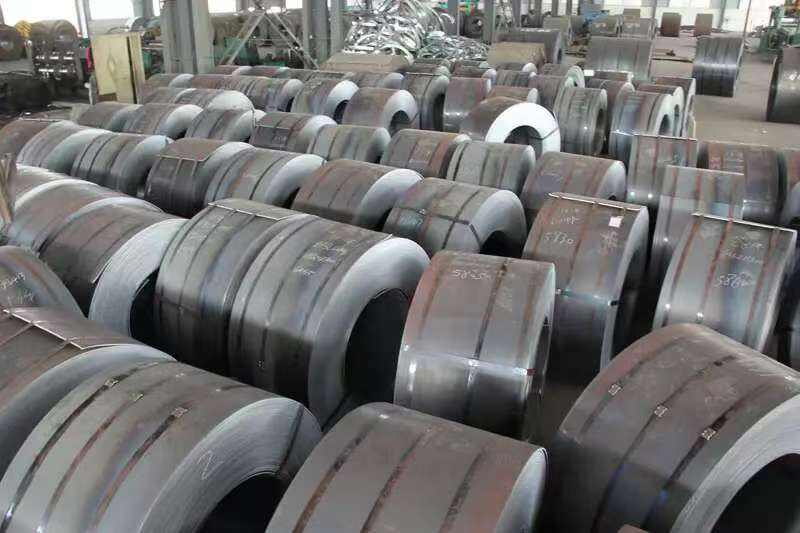Selecting the Optimal Steel Product for Industrial Applications
Choosing the appropriate hot rolled coil requires careful consideration of multiple technical factors that impact project success and material performance. The right selection ensures structural integrity, cost efficiency, and manufacturing feasibility for everything from construction projects to automotive components. Hot rolled coil offers distinct advantages over cold-rolled alternatives, but proper specification demands understanding grade variations, dimensional tolerances, and surface characteristics. Engineers and procurement specialists must evaluate project requirements against the mechanical properties and processing capabilities of available hot rolled coil options. This decision-making process balances immediate project needs with long-term performance expectations to deliver optimal results within budget constraints.
Material Grade Selection
Understanding Steel Composition
Hot rolled coil comes in various grades with differing carbon content and alloying elements that determine mechanical properties. Mild steel grades (ASTM A36, EN S235) offer excellent formability for general fabrication but limited strength for load-bearing applications. High-strength low-alloy (HSLA) hot rolled coil provides enhanced yield strength without compromising weldability for structural components. Manufacturers producing abrasion-resistant equipment often specify AR400 or similar hardened hot rolled coil grades. The project's stress requirements, environmental conditions, and fabrication methods dictate which hot rolled coil grade delivers the best performance-to-cost ratio. Consulting material specifications and mill test certificates ensures the selected grade meets all necessary regulatory and performance standards.
Application-Specific Requirements
Different industries impose unique demands on hot rolled coil that influence material selection. Construction projects typically prioritize weldability and ductility in seismic zones, while agricultural equipment manufacturers emphasize abrasion resistance. Automotive chassis components require hot rolled coil with consistent formability for stamping operations, whereas shipbuilding needs grades with proven impact resistance at low temperatures. Projects involving high-temperature service must consider hot rolled coil's creep resistance and thermal expansion properties. Matching the material's inherent characteristics to the application's technical requirements prevents costly over-engineering while ensuring adequate performance margins.

Dimensional Specifications
Thickness and Width Considerations
Hot rolled coil thickness directly impacts structural capacity and weight calculations for fabricated components. Standard thickness ranges from 1.2mm to 25.4mm, with specialty mills producing up to 50mm for heavy industrial applications. Width selection affects material utilization efficiency—wider coils reduce welding requirements but may increase scrap in narrower component production. Projects requiring subsequent slitting or cutting should account for mill edge tolerances in hot rolled coil specifications. The relationship between thickness tolerance and price becomes particularly important for high-volume manufacturing where material savings accumulate significantly. Proper dimensional specification minimizes machining and secondary processing costs downstream.
Length and Coil Weight Optimization
Procurement specialists must balance practical handling requirements with production efficiency when specifying hot rolled coil lengths. Standard coils weigh between 5-40 tons, with heavier coils offering better mill yield but requiring specialized handling equipment. Projects with continuous processing lines benefit from maximum coil weights to minimize changeover downtime. Fabricators working with limited crane capacity or small batch sizes often prefer smaller hot rolled coil units despite slightly higher per-ton costs. Custom cut-to-length services add value for projects needing specific blank sizes directly from the mill. These logistical factors significantly impact total project economics beyond simple material costs.
Surface and Edge Quality
Mill Scale and Surface Finish Options
The natural oxide layer (mill scale) on hot rolled coil provides temporary corrosion protection but may require removal for certain applications. Pickled and oiled hot rolled coil offers a cleaner surface for immediate painting or further processing without chemical pretreatment. Projects involving visible surfaces often specify smoother hot rolled coil finishes, while structural components may utilize as-rolled surfaces to control costs. The surface condition affects weld quality and coating adhesion, making proper specification critical for corrosion-resistant assemblies. Understanding how surface characteristics impact downstream processing helps select the most cost-effective hot rolled coil variant for each project phase.
Edge Conditioning Requirements
Hot rolled coil edges range from mill-trimmed to as-rolled, with each type suiting different fabrication methods. Laser or plasma cutting operations tolerate standard as-rolled edges, while precision stamping often demands slit edges with tighter tolerances. Projects requiring edge welding benefit from specially conditioned hot rolled coil edges that reduce preparation time. The edge condition affects material handling safety—deburred edges minimize worker injuries in manual fabrication environments. Specifying appropriate edge quality prevents unnecessary processing costs while ensuring compatibility with planned manufacturing techniques.
Mechanical Property Verification
Yield and Tensile Strength Requirements
Project engineers must confirm that hot rolled coil mechanical properties align with design calculations and safety factors. Standard grades typically offer 235-355 MPa yield strength, with high-strength variants reaching 550 MPa or more. Over-specifying strength increases material costs unnecessarily, while under-specification risks structural failure. Reviewing certified mill test reports verifies that delivered hot rolled coil meets ordered specifications before fabrication begins. Applications subject to dynamic loading require particular attention to elongation percentages and impact test results. These verifications ensure the material performs as expected under actual service conditions.
Formability and Bend Radius Considerations
The intended fabrication methods dictate required hot rolled coil formability characteristics. Deep drawing operations demand higher elongation percentages than simple bending applications. Engineers should reference the material's r-value (plastic strain ratio) for severe forming operations that redistribute material thickness. Minimum bend radius specifications prevent cracking during fabrication—hot rolled coil generally allows tighter bends than cold-rolled products of equivalent thickness. Projects involving complex geometries should conduct trial forming with sample coils before full-scale production begins. These precautions prevent costly rework and material waste during manufacturing.
Supply Chain and Logistics
Lead Time and Availability Planning
While hot rolled coil is a commodity product, specific grades and dimensions may have longer lead times during market shortages. Projects with rigid timelines should confirm mill production schedules and allocate buffer stock for critical path items. Regional availability varies—coastal locations often benefit from imported hot rolled coil options when domestic mills face capacity constraints. Maintaining relationships with multiple suppliers provides flexibility when unexpected demand surges occur. Just-in-time delivery of hot rolled coil requires precise coordination between mills, processors, and transportation providers to prevent production disruptions.
Quality Certification and Traceability
Critical applications demand hot rolled coil with full traceability through the production chain. Mill certifications should include heat numbers, chemical analysis, and mechanical test results for quality assurance. Projects serving regulated industries like pressure vessel manufacturing often require third-party inspection of hot rolled coil before fabrication begins. Proper documentation ensures compliance with industry standards and simplifies material certification for finished products. Digital material passports are becoming increasingly important for tracking hot rolled coil properties through the entire project lifecycle.
FAQ
How does hot rolled coil pricing typically fluctuate?
Hot rolled coil prices follow steel raw material costs with typical volatility of 10-15% quarterly, though specialty grades and dimensions may have different pricing dynamics based on mill capacity utilization.
What's the minimum order quantity for custom hot rolled coil specifications?
Most mills require 20-50 ton minimums for standard grades, while specialty alloys or dimensions may have higher minimums up to 100 tons depending on production complexity.
Can hot rolled coil be substituted for cold-rolled steel in existing designs?
While possible in some applications, engineers should recalculate all load-bearing components as hot rolled coil has different mechanical properties and typically requires 10-15% greater thickness for equivalent stiffness.



